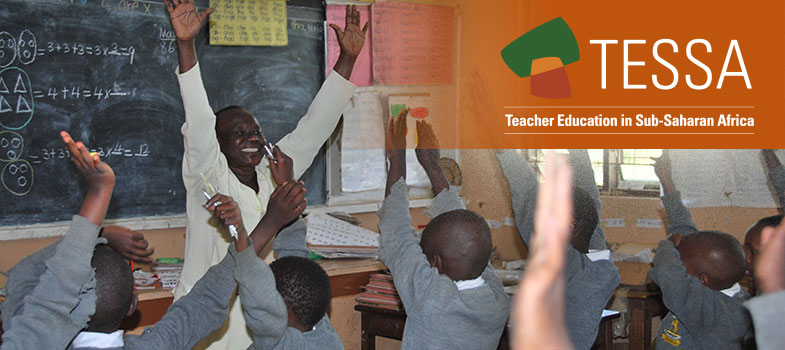2. Using role play
Unfortunately, as some of your pupils grow up they may encounter an abusive relationship. This type of relationship can influence their social, emotional and physical development for the worse, and it takes more time and effort to help them overcome the damage done.
The concept of ‘abuse’ here should not be confused with offensive and insulting language. ‘Abuse’ in this sense occurs when individuals use other people in a wrong and improper way. Relationships of this kind leave a lasting psychological, emotional and physical impact on the abused person. There are several types of ‘abuse’, such as physical and mental abuse. There are examples of these in Resource 2: Types of abuse, which you should read.
As a teacher, your responsibility is to help your pupils learn. If they are not happy or are being abused, they will not learn. Your role is to protect your pupils and you may need to involve others who are more expert and can give counselling. Resource 3: The role of school teachers provides more detail on your role.
The best way you can help is to explore with your pupils what they understand about correct and incorrect behaviour in relationships. However, you must do this sensitively and carefully. Resource 4: Finding out what pupils already know about relationships shows how one teacher did this. You could use the same method with your own pupils.
Case Study 2: Child labour
Sara Nduta, a teacher of Standard 5 in Kibera Community School, Nairobi, brought in the local government welfare officer to talk to her class about child abuse.
The welfare officer began by telling the pupils that using young people to work in trade and on farms had been a common practice in most parts of Africa. It was a way of bringing up the young ones to learn skills and responsibility, and to be self-reliant.
But with the ‘UN Rights of the Child’ (see Introduction), he said that the government disapproved of using children as street hawkers and farmhands where they were exploited and made to work long hours. It was dangerous to their health, sometimes leading to death. It took children from school and education, and sometimes led them into crime.
The welfare officer said that parents sometimes argue that they need their children to bring in food and money for the family. However, he said that the government regards it as unlawful, as all children have the right to free schooling, and that any community needs to tackle the issue.
Following the talk from the welfare officer, the next day, Sara’s class did a role play on child abuse. They demonstrated it first for the whole school, and then for the Parents-Teachers’ Association (PTA) committee (see Resource 5: Responses to the role play).
Activity 2: Role play on child abuse
Plan a role play for your class that deals with the issue of child abuse. You need to think carefully about this. It can be a very sensitive issue for young people, so you will need to be careful how you organise such activities.
First, list the different forms of child abuse and their outcomes. Choose which of these you want to focus on in class.
Think how you will introduce these issues to the class. For the role play, decide on the pupils’ different roles. What are the issues for each role?
Plan how many pupils will be in each group, and how they will prepare and perform their role plays. How will you explain this to them?
Finally, how will you summarise the main points with them after they have performed the role plays? Will you have a discussion? How will you manage it?
To help you, use the Resources for this section and Key Resource: Using role play/dialogue/drama in the classroom [Tip: hold Ctrl and click a link to open it in a new tab. (Hide tip)] .
1. Using a story to discuss self-esteem



